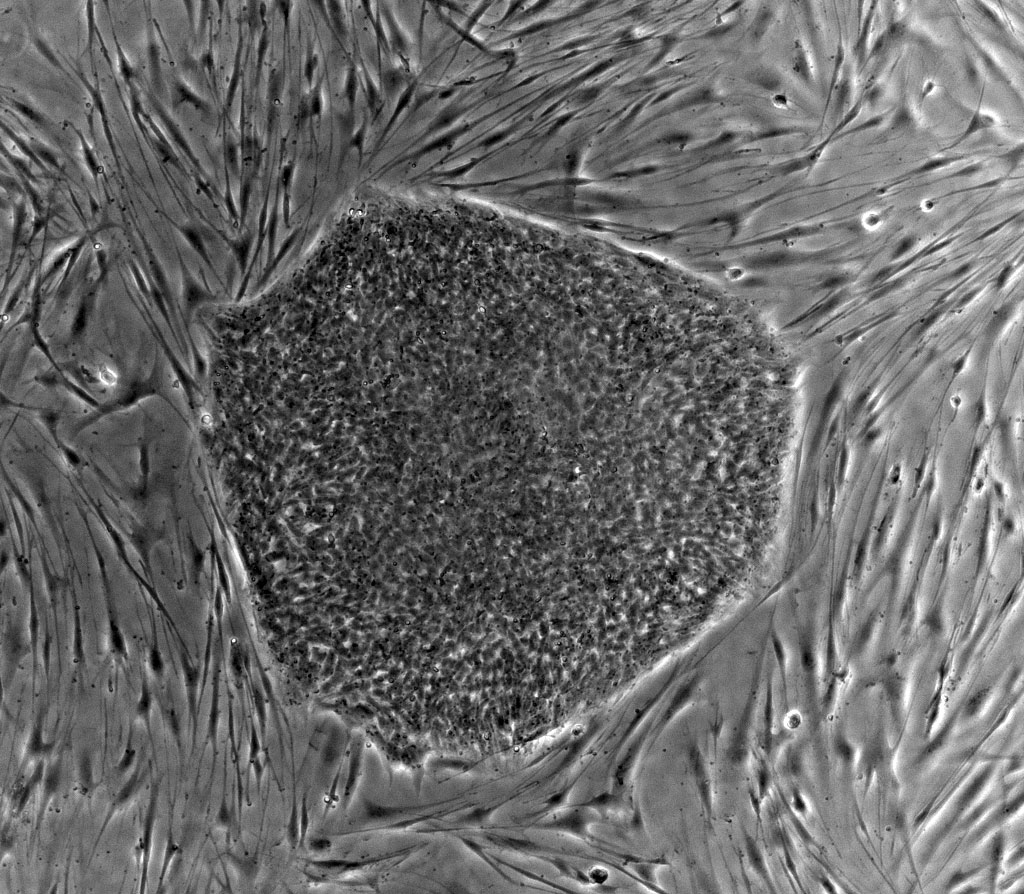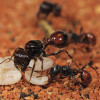Embryonic stem cells have been hot news in science for a while - these are the first cells that form in a developing embryo, just a couple of days after fertilisation. They're amazing little cells because they have the potential to become any type of cell in the body. And because of this property, scientists are trying to turn them into many different types of cells in order to repair diseased or worn-out tissues in our bodies.
 Researchers grow embryonic stem cells, or ES cells in the lab and treat them with various chemicals, or manipulate genes to get the cells to adopt different fates. But now scientists in Illinois have made an unexpected discovery - ES cells can be coaxed into certain fates by physical stresses and strains.
Researchers grow embryonic stem cells, or ES cells in the lab and treat them with various chemicals, or manipulate genes to get the cells to adopt different fates. But now scientists in Illinois have made an unexpected discovery - ES cells can be coaxed into certain fates by physical stresses and strains.
This is research published in the journal Nature Materials, from Ning Wang and colleagues, who were looking at the effect of forces on cells. To do this, they attached a single tiny magnetic bead to the surface of a living mouse ES cell, then put the cells into a tiny oscillating magnetic field, which made the bead move up and down - this mimics the natural forces within in cell, such as the movement of little motor proteins. This set-up meant they could measure the mechanical force being applied to the cell, and how soft the cells are.
The scientists found that the ES cells were much stiffer and more sensitive to the movements than more advanced cells that had started to adopt specific fates. For example, muscle cells were much stiffer than the ES cells. They also went on to look at the effects of physical forces on the activity of different genes in the cells. And they found that applying movement to ES cells caused them to switch off the activity of certain genes, some of which control what type of cell the ES cell will become.
At the moment, the research has only been done using mouse ES cells, and we don't know if human ES cells will respond in the same way. But it could provide a useful way of persuading cells to adopt certain fates, which might be useful for doctors looking to replace damaged or worn-out cells. And if the technique is shown to work in actual living embryos, it might be possible to alter the fate of specific cells at an early stage - say in the case of certain developmental defects - without affecting neighbouring cells.
- Previous Sneaky Sounds Enhance Eyesight
- Next Evolution in a bottle










Comments
Add a comment